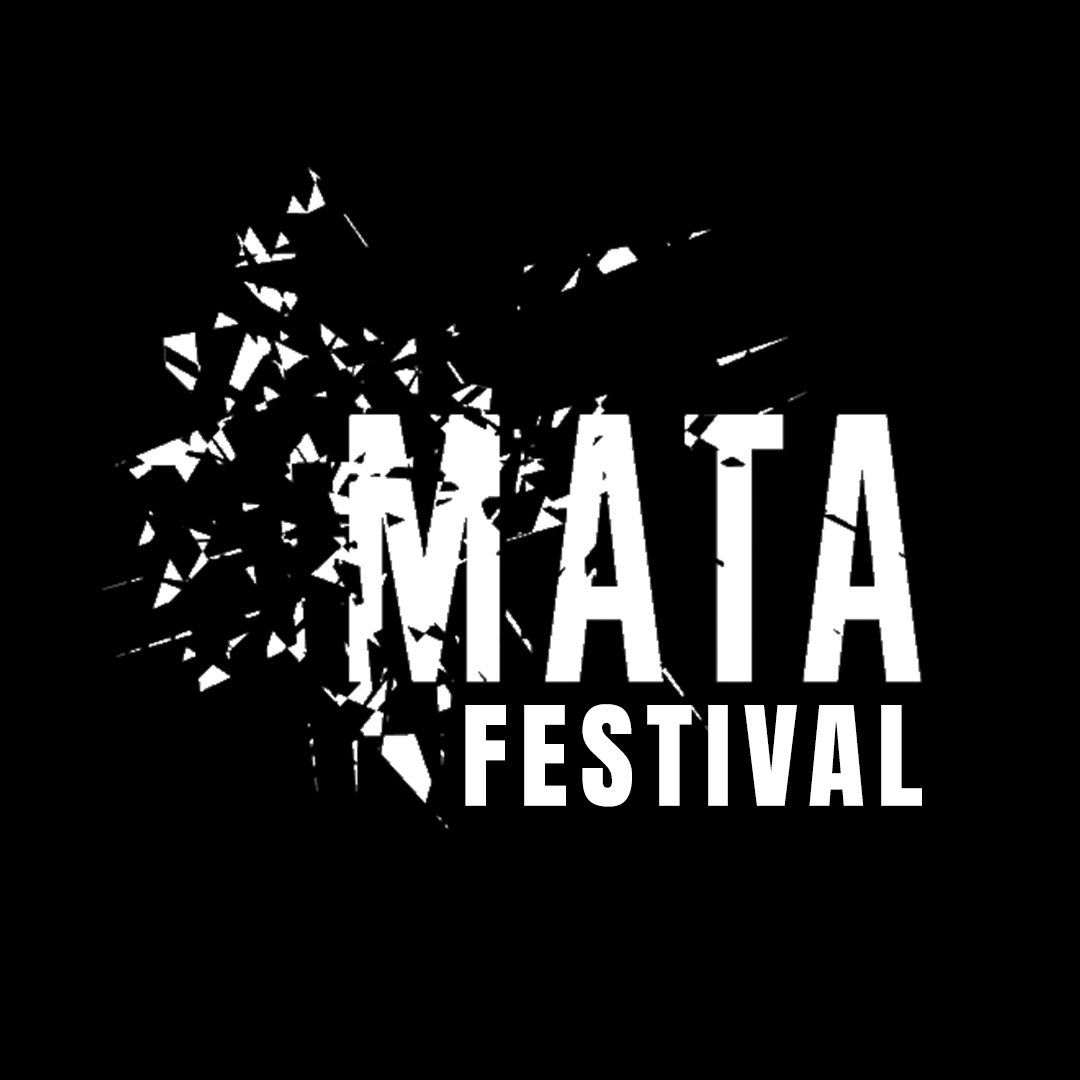MATA Interval 5.3 blog post 3/3
pompidou1
The final preparations for Thursday's concert are in full gear as musicians converge on New York City, with clarinetist Carol McGonnell fresh back from an Irish tour, saxophonist Ryan Muncy en route from Chicago, and recent Yorkshire transplant Aaron Einbond—who's just taken up a post-doc position at the University of Huddersfield in Northern England—back in his hometown for a week. Aaron and I have been crossing paths for over a decade: first as undergraduates, then studying back-to-back in London, followed by an overlapping year at IRCAM, and finally at Columbia, where Aaron held a Mellon post-doctorate fellowship when I enrolled last fall. Aaron's piece Temper, written in 2006 for the MANCA festival in Nice, is a "self-portrait," the program note divulges: "The bass clarinet sounds as if constantly on the verge of hysterics: its low register never far from breaking, squeaking, and splitting into multiphonics… Despite repeated attempts at decorum, another outburst is always just beneath the surface."EXCERPT: Aaron Einbond — Temper for bass clarinet and electronics (2006)[audio:https://matafestival.org/wp-content/uploads/EINBOND-Temper_excerpt.mp3|titles=EINBOND Temper excerpt]Andrea Agostini and I first met at the Gaudeamus Music Week in Amsterdam in 2007, then found ourselves studying together on the IRCAM cursus in 2008. Andrea and I bonded early on over our shared admiration of late 60's pop production, often joking that the French spectral aesthetic could use a little more Phil Spector. His work often involves a detailed and colorful exploration of additive synthesis, sometimes explicitly borrowing sonorities that refer to pop records. When I once commented that a certain passage sounded to me like Duran Duran, Andrea answered, "Really? I was going more for The Eurythmics." His Gli atorni che s'accendevano e radiavano takes an exhilarating ride through a multi-channel synthesized soundscape.EXCERPT: Andrea Agostini — Gli atorni che s'accendevano e radiavano for baritone saxophone and electronics (2009)[audio:https://matafestival.org/wp-content/uploads/AGOSTINI-Gli-atomi-excerpt.mp3|titles=AGOSTINI-Gli-atomi-excerpt]I first encountered the Colombian composer Juan Camilo Hernández Sánchez in 2004 at Royaumont, the annual summer course where fifteen students live in an abbey north of Paris with Brian Ferneyhough for three weeks. Over the years that followed he not only taught me the difference between a salsa and a cumbia, but kindly introduced me to many players and composers in Paris, including Paul Clift. Juan Camilo still lives in Paris, where he recently finished his studies at the Conservatoire. His piece Introspecciones Móviles, the fruit of a close collaboration with saxophonist Miguel Ángel Lorente, highlights the less lyrical and more elemental components of an amplified saxophone, including key clicks and a palette of varying degrees of breathy sounds—all echoed by live electronics which act as a sort of extension or double of the live instrument.EXCERPT: Juan Camilo Hernández Sánchez — Introspecciones Móviles for baritone/alto saxophone and electronics (2010)[audio:https://matafestival.org/wp-content/uploads/SANCHEZ-excerpt.mp3|titles=SANCHEZ-excerpt]Australian composer Paul Clift and I studied in the same conservatory class just outside Paris with Philippe Leroux (as did Juan Camilo and Aaron, before and after our time, respectively). Like me he spent a total of six years in Paris before deciding to move to New York to study at Columbia University. Paul's music is often influenced by contemporary art—Jackson Pollock in his solo piano piece Action Painting, or Clyfford Still in 1950c for re-strung classical guitar—and also makes regular use of a personal system of microtonal pitch structure derived from the partials of the harmonic series and their inversions. Boundary Markers highlights in succession three distinct timbres associated with the bass clarinet: the rough low register, the "voice-like quality of the pinched altissimo," and a string of unstable and timbrally ambiguous multphonics.EXCERPT: Paul Clift — Boundary Markers for bass clarinet and electronics (2008)[audio:https://matafestival.org/wp-content/uploads/CLIFT_extract.mp3|titles=CLIFT_extract]Though Aaron's piece has been performed a few times around town, the other three pieces are receiving their US premieres Thursday night, alongside the US premieres of two pieces for accordion and electronics by Ann Cleare and myself.For New York audiences, this program offers a rare chance to get a wide cross-section view of the preoccupations and approaches of young composers at work in another cultural capital. Please join us at Issue Project Room on March 8th at 8 pm for what promises to be a memorable concert filled with fresh and inspiring new sounds.

